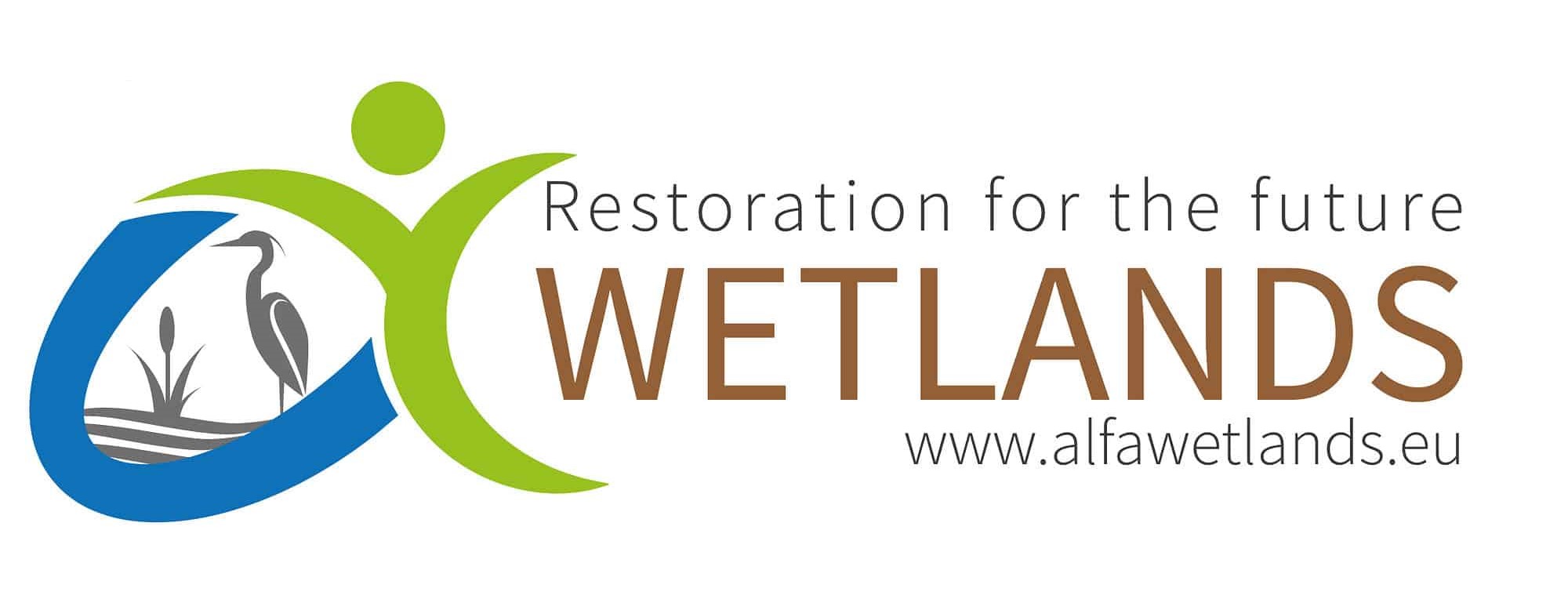Horizon 2020 programme Horizon-CL5-2021-D1-01 grant agreement ID 101056844

Total funding is 7,967,115 EUR.
Project duration is 48 months.
Project partners are Natural Resources Institute Finland Luke (leading partner), Michael Succow Foundation of the protection of Nature, Stockholm University, University of Tartu, International Institute for Applied Systems Analysis, European Wilderness Society, Research Institute Nature & Forest, Society for Ecological Restoration Europe, LSFRI "Silava", Finnish Meteorological Institute, Ecological & Forestry Applications Research Centre, French National Centre for Scientific Research, University of Barcelona, Wetlands International and Institute for Agriculture, Food & Environment.
Wetlands cover 5–8% of the world’s land area and have a huge capacity to sequester carbon (C). Healthy wetlands accumulate C effectively due to water-logged conditions promoting highly stable C content. The EU aims to cut GHG emissions by at least 55% by 2030.This ambition requires new GHG mitigation measures within all sectors including LULUCF sector, where wetlands as C rich ecosystem can contribute to efficiently to both EU’s climate targets and biodiversity strategy. Currently there is still a high uncertainty of wetlands’ spatial and C sink extent, as well as source estimates and sustainable alternatives in restoration. This hinders the efficient use of wetlands in C mitigation and adaptation in the context of other LULUCF mitigation options.
Project tasks
- Advance the state of-the-art on the geospatial knowledge base on wetlands and their use and degradation in Europe.
- Apply a co-creation approach to develop procedural knowledge and find ways for integrating multiple targets, supporting more inclusive, community-based approaches to wetland restoration.
- Acquire novel experimental data on ecosystems’ responses to wetlands’ management and restoration regimes under different types of land-use and and synthesize it on biodiversity and other ecosystem services (BES).
- Establish Living Labs (LL) that support and integrate interdisciplinary and multi-actor research on ecological, environmental, economic, and social issues on a local level.
- Utilize models to scale up experimental data from LLs, to gain an understanding of the potential impacts of upscaled wetland restoration options on BES provision, as well as changes in BES provision at the EU level for various policy-relevant time periods and the most policy-relevant CC mitigation and BD targets.
- Assess the societal impacts of wetland restoration, especially on BES benefits and costs of different restoration approaches and wellbeing impacts at local, national, and EU levels.